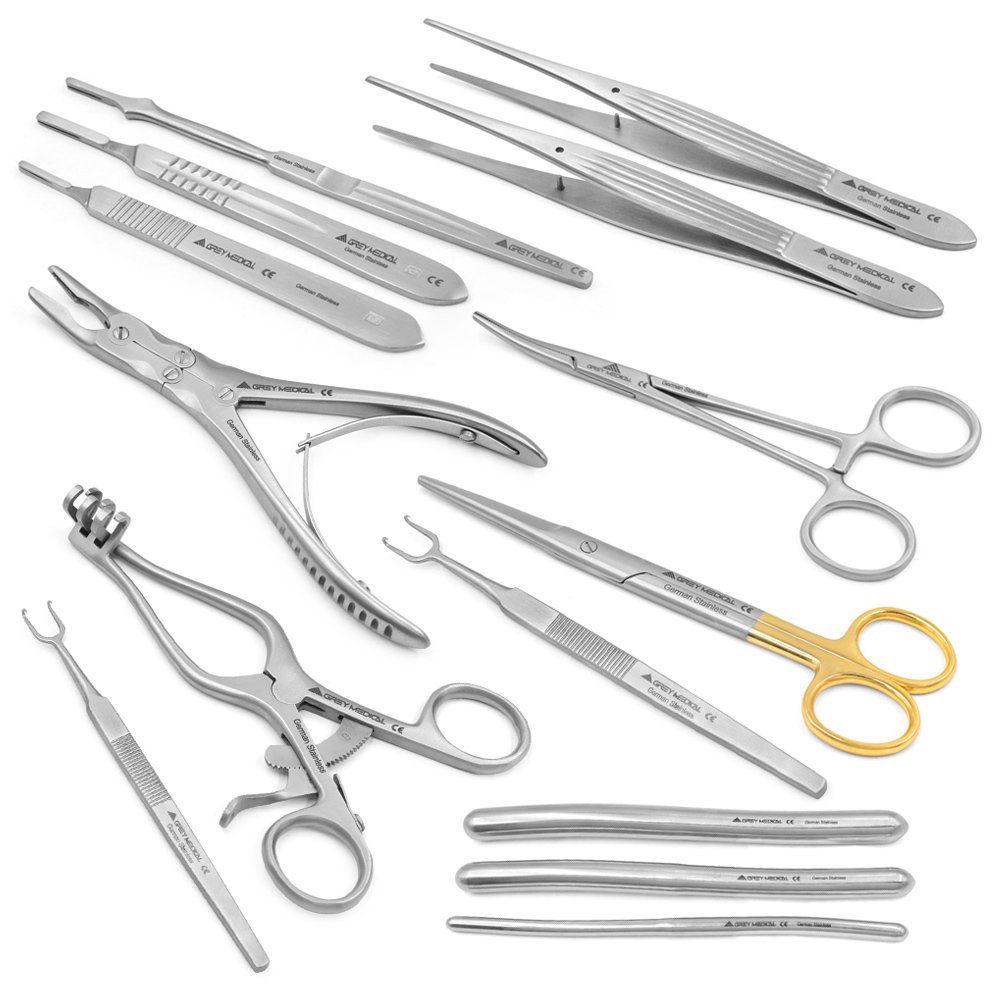Surgical procedures rely on precision, skill, and, most importantly, the use of appropriate instruments. Surgeons perform life-saving operations and detailed medical interventions using specially designed tools tailored for specific tasks. Over time, surgical instruments have evolved to meet the demands of modern medicine, with an incredible range of instruments now available for almost every conceivable surgical need. For anyone entering the medical field or with curiosity about advancements in healthcare, understanding the names and purposes of surgical instruments can provide valuable insight into the complexities of surgery.

The Importance of Surgical Instruments
The success of any surgical procedure hinges on much more than the expertise of the surgeon. High-quality, well-designed instruments are pivotal for ensuring the operation is carried out safely and efficiently. From making precise incisions to controlling blood loss, or closing wounds, each instrument must be used in harmony with the others. Their design isn't arbitrary; details like shape, size, and material composition are critical to their function. For instance, instruments used for delicate eye surgeries demonstrate unparalleled precision, whereas those used in orthopaedic surgeries often require strength and robustness.
Knowing the names and functions of surgical instruments is essential for those involved in surgical procedures. Surgeons, surgical assistants, and operating room nurses must all be able to identify and handle each instrument quickly. Furthermore, this knowledge ensures that proper sterilisation, preparation, and maintenance practices are followed to avoid any complications during procedures.
Common Types of Surgical Instruments
Surgical instruments are categorised based on their specific functions. Broadly speaking, they can be classified into cutting instruments, grasping or holding tools, haemostatic instruments, retractors, and suturing devices. Each category encompasses a variety of instruments designed to meet different surgical needs. For example, scalpels and scissors are cutting tools, while forceps and needle holders fall into the grasping and suturing categories, respectively.
Scalpels, for instance, are some of the most recognisable cutting instruments. They are designed to make precise incisions with minimal tissue damage. Surgical scissors, on the other hand, serve multiple purposes within the operating theatre, from trimming tissue to cutting sutures. Haemostatic instruments, such as artery forceps, help control bleeding by clamping blood vessels, allowing surgeons to maintain a clear view of the surgical site.
Retractors are another essential category. These instruments are key to gaining optimal access to the area being operated on. They hold back the edges of wounds or tissues to provide a better visual field—a critical factor in procedures requiring precision. Needle holders, a type of grasping instrument, are specially designed to hold needles securely while suturing, enabling precise stitching in often challenging environments.
Specialised Surgical Instruments for Specific Fields
While there are common instruments used in general surgery, many specialisations have their unique sets of tools tailored to the needs of specific procedures. For instance, ophthalmic surgery requires microsurgical instruments designed for delicacy and precision, like fine forceps, speculums, and microsurgical scissors. The small scale and complexity of these tools reflect the intricate nature of eye surgery.
Orthopaedic surgeries, on the other hand, involve instruments that are robust and engineered for bone manipulation. Instruments like bone saws, chisels, and drills are commonplace in procedures such as joint replacement or fracture repair. Similarly, neurosurgery has its unique set of highly specialised tools, like craniotomes for opening the skull or brain spatulas for delicate tissue manipulation.
These field-specific instruments demonstrate how the medical community continues to innovate, creating tools perfectly suited for even the most specialised surgical challenges.
Challenges and Advances in Surgical Instruments
The development and use of surgical instruments are not without challenges. Sterilisation is one of the most critical factors in ensuring the safety of instruments, as improper handling can lead to infections and complications. This has driven the design of instruments that are easier to clean and made of materials resistant to corrosion and rust.
Advancements in technology have also played a pivotal role in modernising surgical instruments. The adoption of robotic instruments and minimally invasive tools has dramatically shifted surgical practices. Instruments like laparoscopes allow surgeons to perform complex procedures using tiny incisions, reducing recovery time and minimising risks to patients. The incorporation of advanced materials and ergonomic designs further enhances comfort for the practitioner while heightening precision during surgeries.
Final Thoughts
Surgical instruments are more than just tools—they are an extension of the surgeon's expertise and skill. Understanding their names and purposes is vital, not only for practitioners but also for patients who value knowing what goes into their care. From scalpels and forceps to advanced robotic systems, the variety of surgical instruments highlights the incredible progress of medicine. This progression shows no signs of slowing, with ongoing innovations promising even more remarkable tools to support complex medical procedures in the future.
Comments on “An Essential Guide to Surgical Instruments Names”